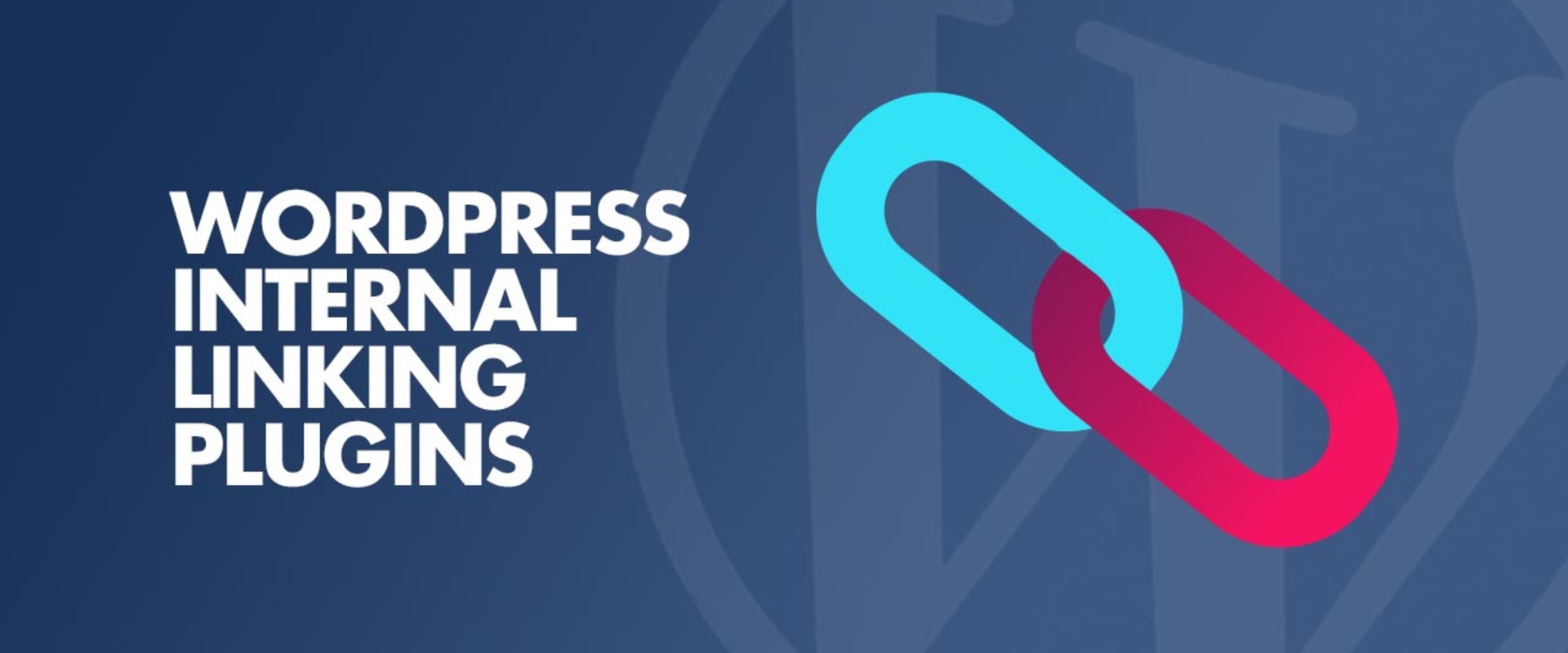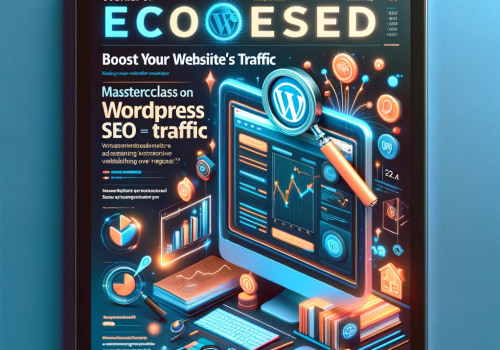Internal linking is a crucial component of search engine optimization (SEO). It involves linking to other pages on your website from within your content. In WordPress, internal linking can be used effectively to improve user experience, increase page views, and boost search engine rankings. In this article, we will explore the importance of internal linking for WordPress SEO and how to use it effectively.
What is Internal Linking?
Internal linking is the practice of linking to other pages on your website from within your content. For example, if you have a blog post about SEO, you might include a link to another post on your website about keyword research. Internal linking can help to guide users to other relevant content on your website, increasing the time they spend on your site and improving user experience.
Benefits of Internal Linking for SEO
Internal linking can have several benefits for SEO, including:
- Increased page views: By guiding users to other relevant content on your website, internal linking can increase page views and reduce bounce rates.
- Improved crawlability: Internal linking can make it easier for search engines to crawl and index your website, improving your search engine rankings.
- Improved keyword rankings: Internal linking can help to distribute link equity and improve your website's rankings for specific keywords.
- Improved user experience: Internal linking can improve user experience by guiding users to other relevant content on your website.
How to Use Internal Linking Effectively
To use internal linking effectively for WordPress SEO, you should:
1. Use Descriptive Anchor Text
Anchor text is the clickable text in a hyperlink. It's important to use descriptive anchor text that accurately describes the content on the linked page. This helps search engines to understand the context of the linked page and improves the user experience.
2. Link to Relevant Pages
It's important to link to other relevant pages on your website that provide value to the user. This not only improves the user experience but also distributes link equity and improves your website's search engine rankings.
3. Use a Logical Linking Structure
It's important to use a logical linking structure that guides users to other relevant content on your website. This can help to improve the user experience and reduce bounce rates. A logical linking structure can also make it easier for search engines to crawl and index your website.
4. Use a Linking Plugin
Using a linking plugin can help to automate the internal linking process and make it easier to manage your website's internal linking structure. WordPress offers several internal linking plugins, such as Internal Link Juicer, SEO Auto Linker, and Link Whisper, that can help to improve your website's SEO potential.
5. Use Internal Links in Your Content
It's important to use Internal Links within your content to guide users to other relevant content on your website. This not only improves the user experience but also helps to distribute link equity and improve your website's search engine rankings.
6. Update Old Content with Internal Links
Updating old content with internal links can help to improve its SEO potential and guide users to other relevant content on your website. It's important to review your old content regularly and update it with internal links where appropriate.











